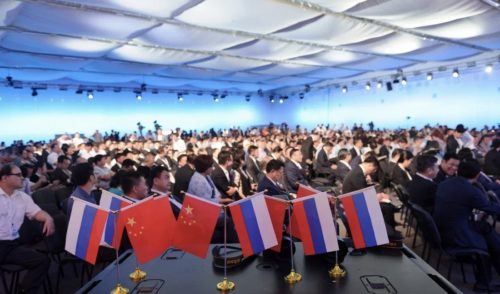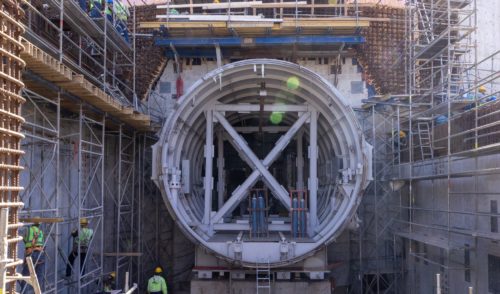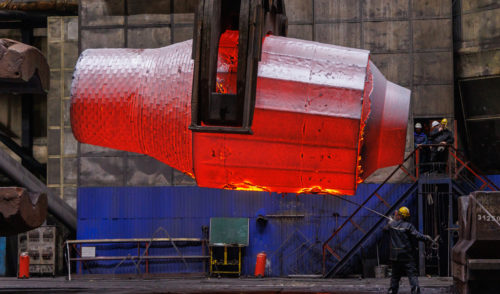Construction sites. Horizontal moisture separator reheaters (MSRs) were installed at Unit 1 of Turkey’s Akkuyu Nuclear Power Plant. They are part of auxiliary systems of the plant’s steam turbine. The MSRs serve to maintain the temperature and humidity of steam that rotates the turbine blades. Horizontal MSRs, which used to be made vertical, were designed specially for the Akkuyu NPP. The improved modification made it possible to put two conventional MSRs into a single body, thus reducing their total number from four to two. In addition, the horizontal design requires almost half as much steel as conventional MSRs while being more efficient, reliable and cost-effective in general. Rosatom is building four power units with VVER-1200 reactors in Turkey.
News







